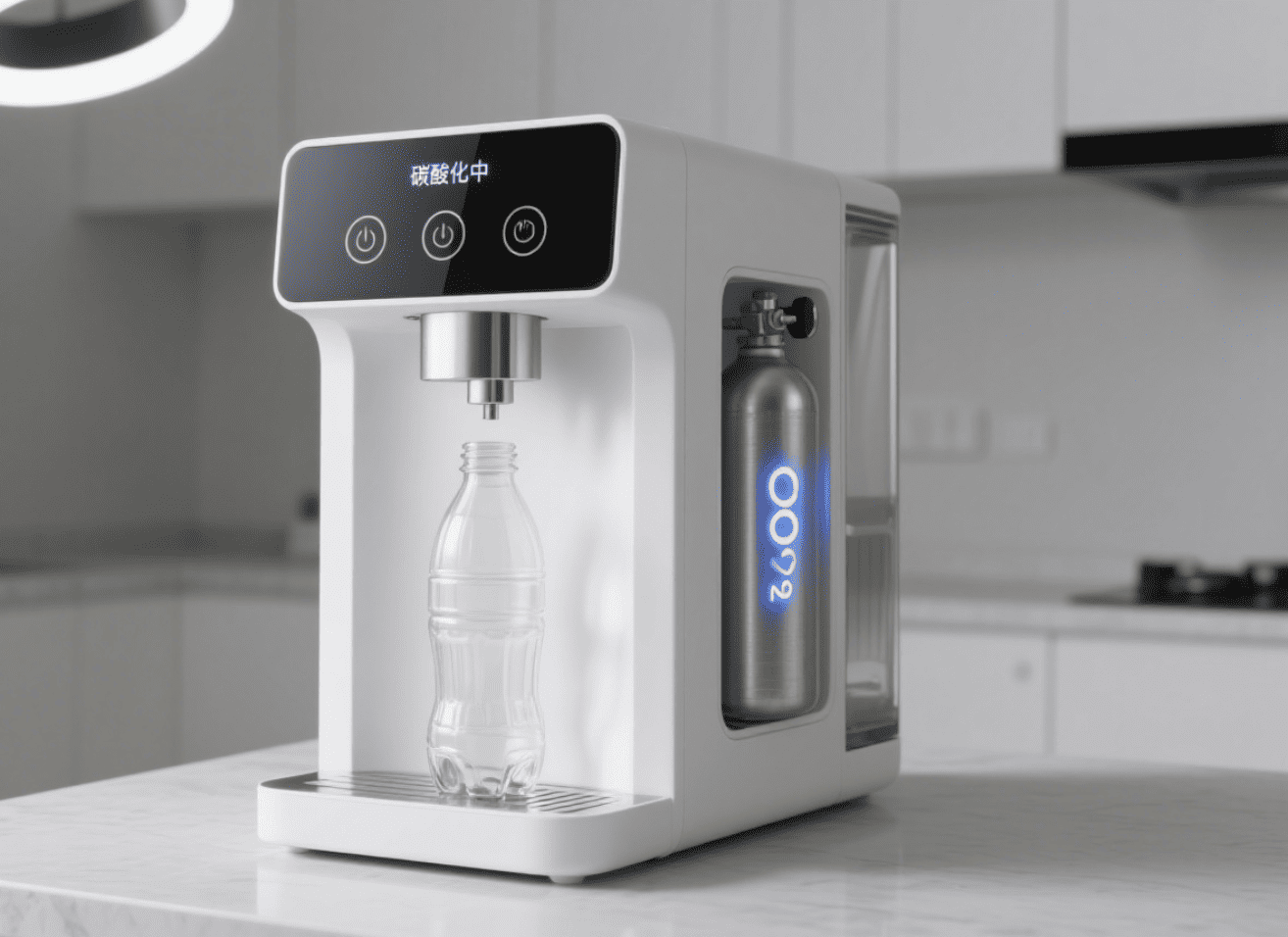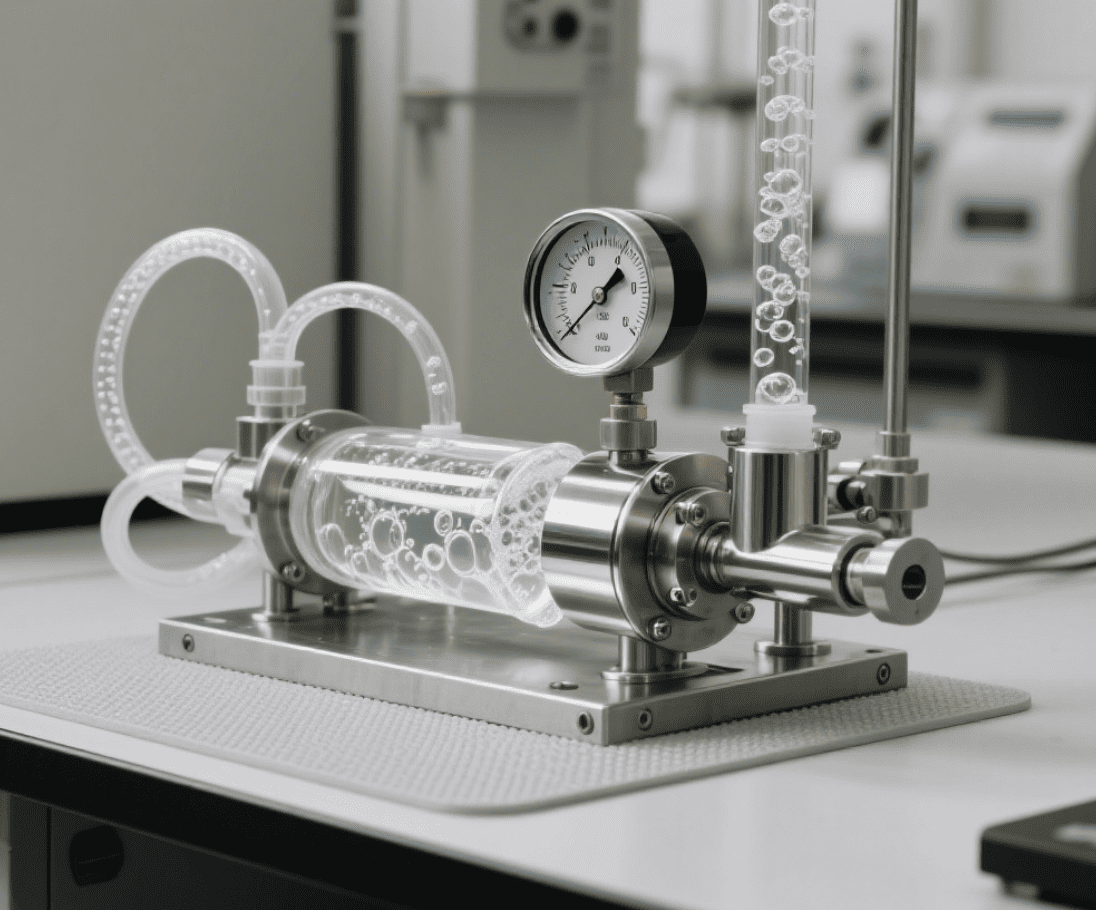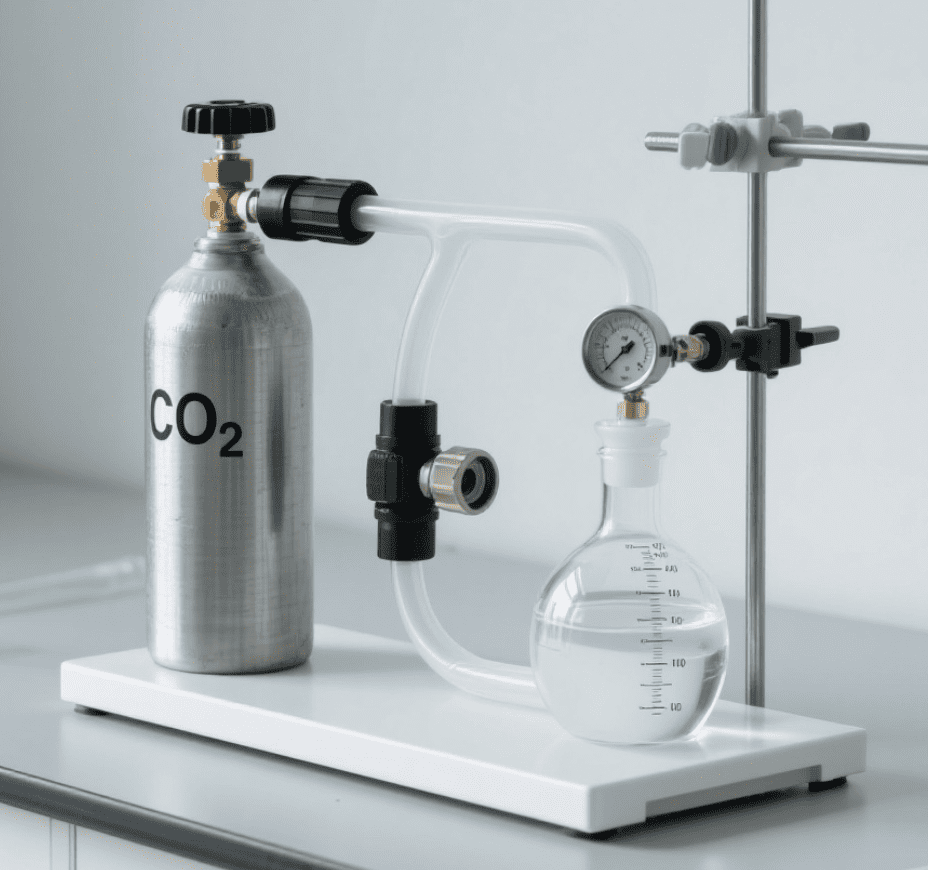Is CO₂ Tire Inflation Worth It for Daily Drivers?
Tire pressure plays a vital role in fuel efficiency, safety, and overall vehicle performance. While most daily drivers rely on air or nitrogen for tire inflation, a growing number are exploring CO₂ tire inflation as a fast, efficient alternative. But is it really worth the switch for everyday use? This article breaks down everything you need to know about using CO₂ for tires—how it works, the pros and cons, cost comparison, and whether it's the right fit for your driving lifestyle.
What Is CO₂Tire Inflation?
CO₂ tire inflation involves using compressed carbon dioxide stored in small, portable cylinders to inflate your tires. Unlike air, which contains moisture, or nitrogen, which requires industrial equipment, CO₂ is dry, non-corrosive, and easy to deploy with a compact inflator.
The process is straightforward: connect a CO₂ cylinder to a valve adapter and release the gas directly into the tire. Many off-roaders and cyclists already use CO₂ for quick inflation in emergencies, but it's also gaining popularity among everyday drivers.
Benefits of CO₂Inflation for Everyday Use
For daily drivers, CO₂ tire inflation offers several notable advantages:
Speed and Convenience: CO₂ inflators can fill a tire in seconds, making them perfect for quick morning routines or unexpected low-pressure alerts before work.
Stable Tire Pressure: Unlike air, CO₂ delivers more consistent tire pressure in varying temperatures, which helps maintain fuel efficiency and even tire wear.
No Moisture Buildup: Air compressors can introduce moisture into tires, which may cause internal rust or corrosion. CO₂ is a dry gas, eliminating this risk and extending tire life.
Portability: Compact CO₂ kits can easily be stored in the trunk, making them ideal for drivers who value independence and self-reliance on the road.
Limitations to Consider for Daily Drivers
While CO₂ tire inflation has clear benefits, there are also limitations to be aware of:
Limited Capacity: CO₂ cylinders have a finite supply. A 20oz tank can typically inflate 2–4 tires, meaning frequent drivers may need to carry spares or refill often.
Cost of Equipment: The initial purchase of a CO₂ inflation kit and refills may be more expensive than relying on free air at gas stations.
Faster Leakage vs Nitrogen: CO₂ molecules are smaller and may seep through tire walls more quickly than nitrogen, requiring more frequent pressure checks.
Understanding these drawbacks is crucial to determining whether CO₂ tire inflation aligns with your needs.
Cost Comparison: CO₂vs Air vs Nitrogen
Here’s how the three options compare:
Type | Short-Term Cost | Long-Term Value | Portability |
Air | Free or minimal | Good | Low |
Nitrogen | Moderate | Excellent | Very Low |
CO₂ | Moderate–High | Good | High |
CO₂ inflation shines in mobility and convenience, while air is cheapest, and nitrogen offers the best long-term pressure retention. The ideal choice depends on your driving patterns, budget, and personal preference.
When Does CO₂Inflation Make the Most Sense?
CO₂ tire inflation is especially effective in scenarios where speed, convenience, or remote access is important:
Urban Commuters: Fast inflation before daily drives saves time and avoids service station delays.
Long-Distance Travelers: A backup CO₂ cylinder can be a lifesaver during extended road trips where air stations are rare.
Off-Road or Rural Drivers: When you're far from help, a portable CO₂ inflator gives peace of mind and self-sufficiency.
Fleet and Delivery Vehicles: For those managing multiple vehicles, CO₂ helps reduce downtime and maintain consistent pressure across the board.
Is CO₂Inflation a Good Fit for Your Lifestyle?
Ask yourself these questions to determine if CO₂ tire inflation is right for you:
Do you value speed and convenience over long-term cost savings?
Do you often drive in areas without easy access to air stations?
Are you comfortable monitoring tire pressure regularly?
Are you willing to invest in a portable inflation kit?
If you answered “yes” to most, CO₂ inflation could be a valuable upgrade to your daily driving experience.
Final Thoughts: A Smart Upgrade or Niche Tool?
For the average driver, CO₂ tire inflation offers a fast, clean, and portable solution to managing tire pressure. While it may not be perfect for every vehicle or lifestyle, it excels in scenarios where time, mobility, and control matter most. Whether you’re commuting to work, heading out for a weekend road trip, or simply want more control over your car’s performance, CO₂ could be the right tool for the job.
Frequently Asked Questions (FAQ)
Q1: How often should I refill a CO₂ cylinder for daily driving?
A 20oz cylinder usually inflates 2–4 tires. Depending on how often you use it, you may need a refill every few weeks.
Q2: Is CO₂ inflation safe for all vehicles?
Yes, it's safe for cars, SUVs, motorcycles, and bicycles. Just ensure proper valve connections.
Q3: Does CO₂ work well in cold weather?
Yes, but tire pressure may drop faster in extreme cold, so regular monitoring is recommended.
Q4: Can I refill CO₂ tanks myself?
Yes, but you’ll need proper equipment and safety precautions. Many hardware or specialty gas stores offer refilling services.
Q5: Is CO₂ better than air for fuel efficiency?
CO₂ maintains pressure more consistently than air, which can improve fuel efficiency if monitored properly.
 Innovative Features of Modern
Innovative Features of Modern
 The Science Behind Carbonated
The Science Behind Carbonated
 How to Care for Carbonated Sod
How to Care for Carbonated Sod
 The Evolution of Carbonated So
The Evolution of Carbonated So
